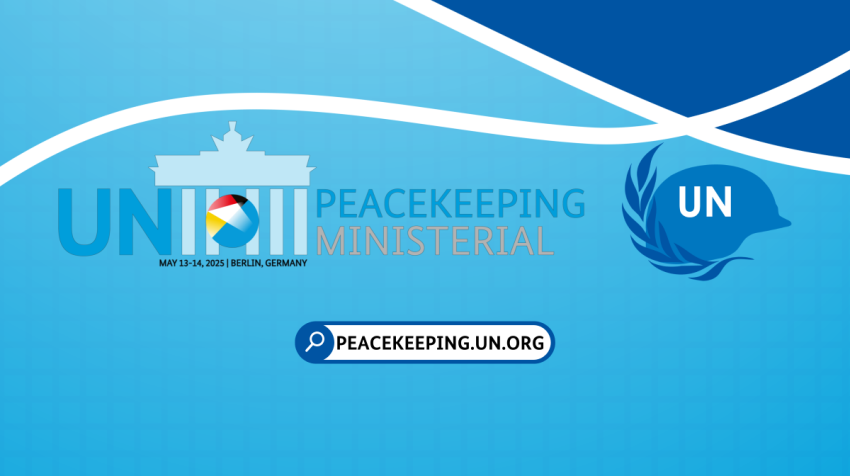Benedetta Di Cintio, from the Office for the Coordination of Humanitarian Affairs (OCHA) in Cameroon, explains how humanitarian preparedness helps mitigate the effects of natural disasters on communities.
Why is preparedness a vital component of the humanitarian response in Cameroon?
In the Far North region of Cameroon, rising temperatures, persistent droughts, and desertification pose significant risks to local communities.
Water scarcity is forcing people to move closer to rivers, where they face increased exposure to floods.
While rainfall may be decreasing, the frequency of heavy precipitation days is rising, leading to devastating floods that destroy homes, schools, livestock, and crops.
Against this backdrop, we had to seek ways of transforming the likelihood of severe flooding into actionable analysis that could serve humanitarian decision-makers.
How do you translate weather forecasts into actionable information?
In March 2024, we partnered with the Centre for Humanitarian Data, FAO, and WFP to conduct a flood impact analysis ahead of the April-October rainy season.
Insights from the Centre’s analysis enabled the launch of several preparedness, anticipatory action, and rapid response interventions that helped protect some homes, schools, and marketplaces before the peak flooding.
The humanitarian community in-country is making risk analysis a core part of humanitarian planning, including in the 2025 Humanitarian Response Plan.
The involvement of local organizations in preparedness, anticipatory action, and rapid response interventions was essential to providing adequate assistance to affected populations.
This was in a region where they represented more than 70 per cent of operational partners.
Similarly, we involve affected communities as they are at the center of our response, and with local authorities they also played a vital role in data collection and alert sharing. Effective feedback and complaints mechanisms were maintained throughout the preparedness and response phases to ensure timely and quality two-way communication.
What impact do you see underfunding having on this work?
There is a shared concern, including among our local partners, that the current financial landscape will inevitably mean having to scale down this work.
Humanitarian partners' ability to implement early warning measures and to conduct internal contingency planning is already affected, including prepositioning essential supplies which are vital for timely responses in emergencies.



